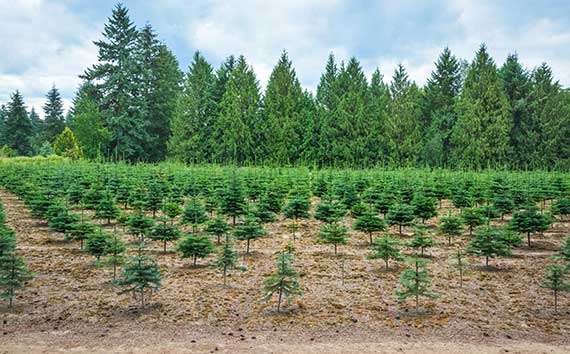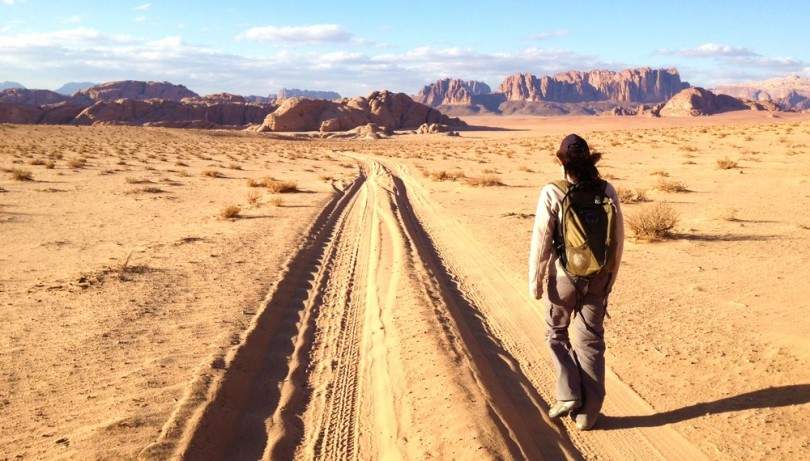Uncovering the Hidden Accelerators of Global Warming: 27 Risks You Need to Know About!
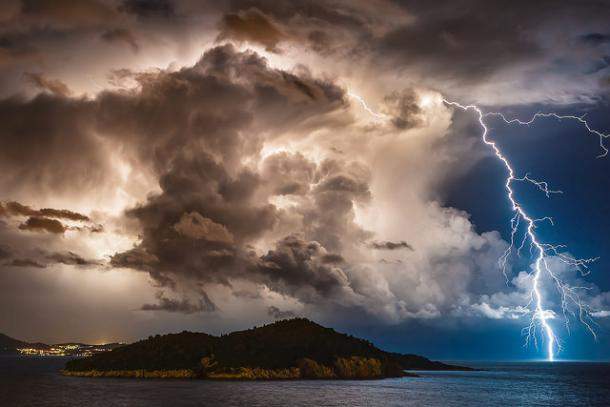
Scientists have discovered 27 global warming amplifiers that are not being properly represented in prediction models and may represent an unknown climate risk.
Scientists have discovered 27 global warming amplifiers that are not being properly represented in prediction models and may represent an unknown climate risk.
An international collaboration led by scientists at Oregon State University (USA) identified 27 global warming amplifiers, also known as feedback loops, including some that are not fully accounted for in climate models.
In meteorology, these feedback loops are situations in which a change caused by climate triggers another process that, in turn, causes even more warming, intensifying the first change and amplifying the cycle. An example would be warming in the Arctic, which leads to the melting of sea ice. White ice reflects most of the solar radiation back into space. When it melts and becomes dark liquid water in the oceans, it absorbs radiation and warms up, causing further melting of sea ice – thus generating a cycle of amplification.
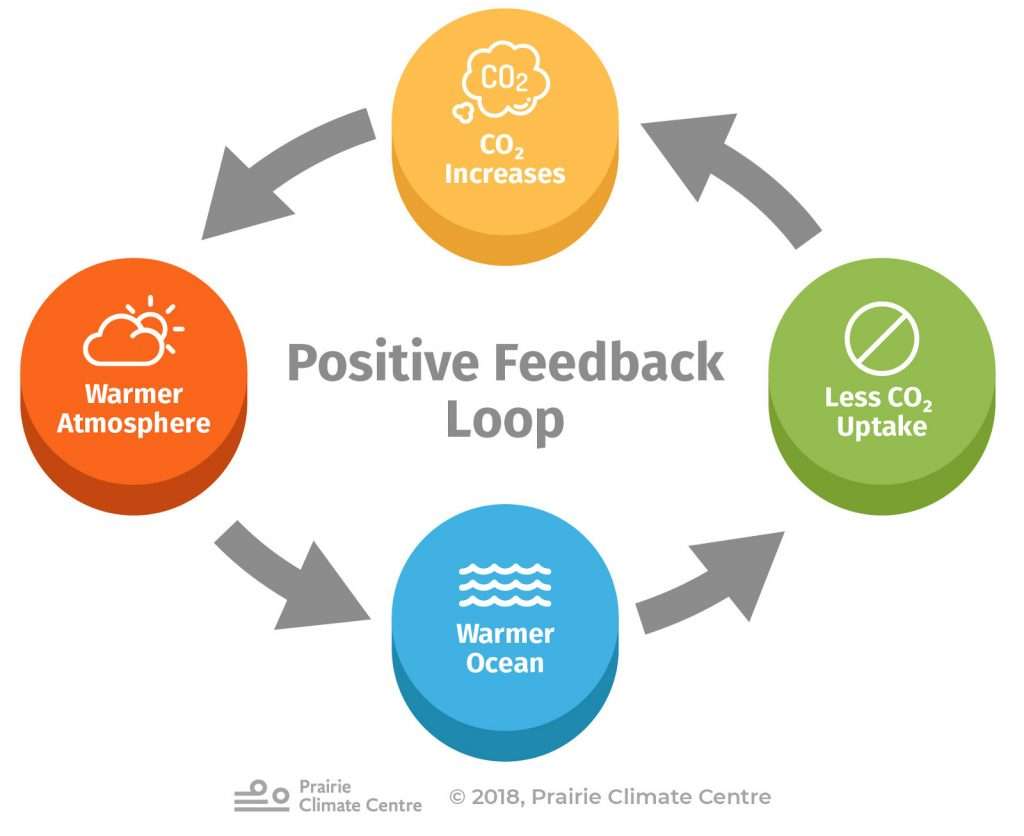
The amplifiers analyzed include both biological and physical parameters. Biological parameters include, for example, forest reduction, carbon loss from soil, and forest fires; while physical changes involve reductions in snow cover, increased rainfall in Antarctica, and reduced ice sheets in the Arctic.
Climate models may be underestimating global warming because they are not fully considering this large set of feedback loops – Christopher Wolf, OSU – USA.
Greenhouse Gas (GHG) emissions have increased substantially, even after so many decades of scientific warning. Even so, it is possible to mitigate much of the damage if rapid measures are taken on a global scale.
In the worst-case scenario, if the amplification feedbacks are strong enough, the result will be a tragic climate change that goes beyond anything humans can control – William Ripple, OSU – USA.
The researchers emphasize that deep and socially just changes in energy and transportation, air pollution, food production, nature conservation, and the economy are necessary to limit the damage, along with population policies based on education and equality.
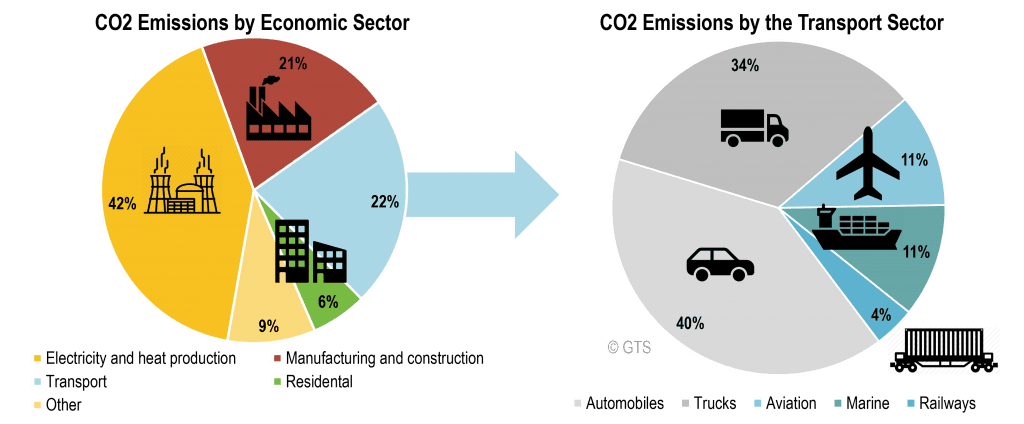
The complete list of known global warming amplifiers:
– Physical Amplifiers:
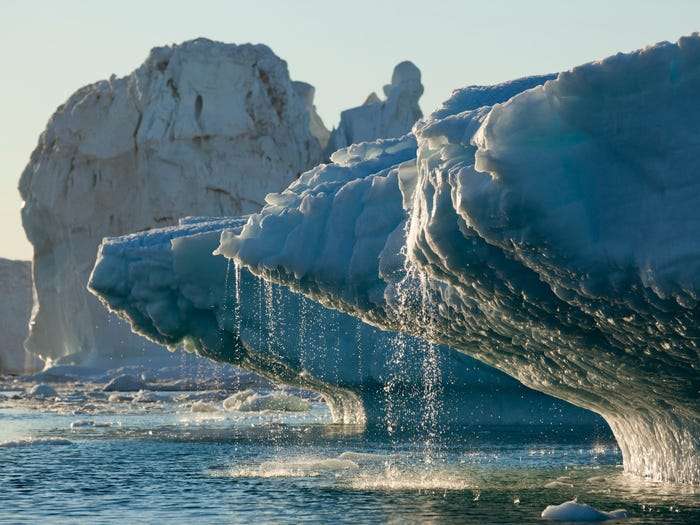
- Increase in water vapor → Increase in greenhouse effect
- Melting sea ice → Reduction in albedo
- Melting glaciers → Reduction in albedo
- Rising sea levels → Reduction in albedo
- Reduced snow cover → Reduction in albedo
- Variation in cloud distribution → Variation in albedo and greenhouse effect
- Increased CO2 levels → Reduction in ocean CO2 absorption
- Increased dissociation rates of CH4 hydrates → Release of CH4 into the atmosphere
- Reduced glacier elevation → Reduction in albedo, increase in glacier melt
- Increased rainfall in Antarctica, reduction in extent of ice sheets → Reduction in albedo, increase in deep ocean warming.
* Atmospheric dust is hiding the power of global warming.
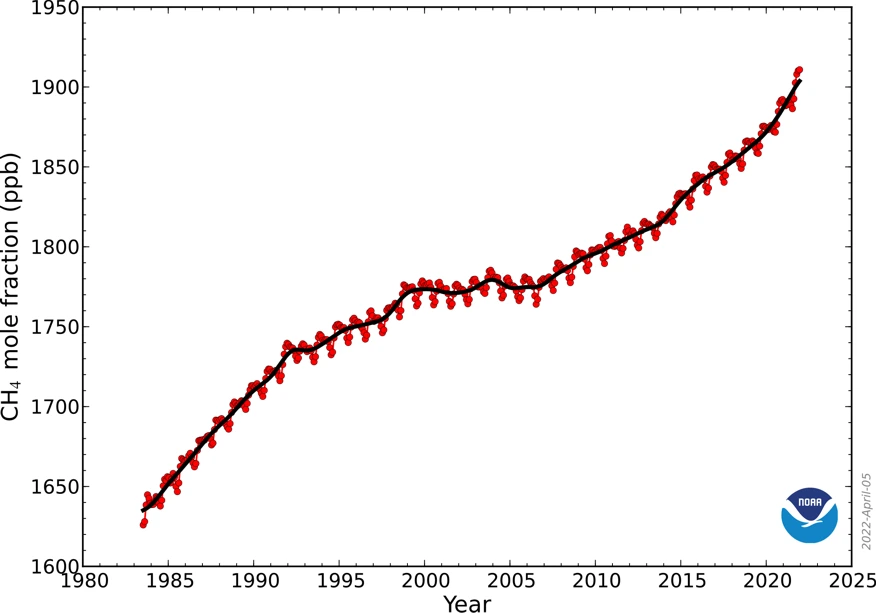
* The image above from NOAA shows the increase of atmospheric methane at record rates.
– Biological Amplifiers:
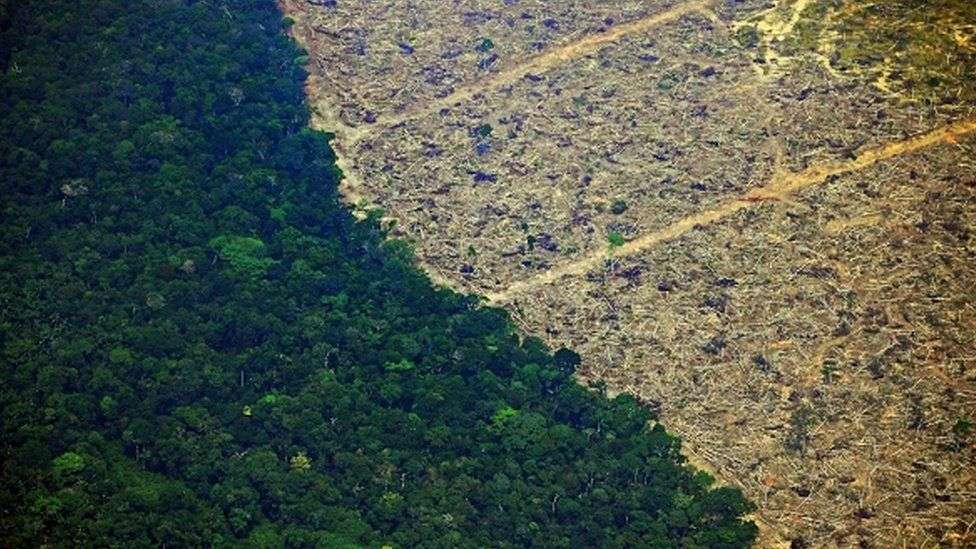
- Increased drought and fires, reduced soil carbon → Release of CO2 into the atmosphere
- Increased wetlands → Increase in CO2 sequestration, release of CH4 into the atmosphere
- Increased growth rate of aquatic plants → Release of CH4 into the atmosphere
- Death of the Amazon rainforest → Reduction in CO2 sequestration, variation in albedo
Conclusion:
Identifying these 27 global warming amplifiers is a crucial step in understanding climate change and mitigating its effects. It is necessary to take bold and swift action to limit the damage caused by these amplifiers and ensure a sustainable future for our planet.
